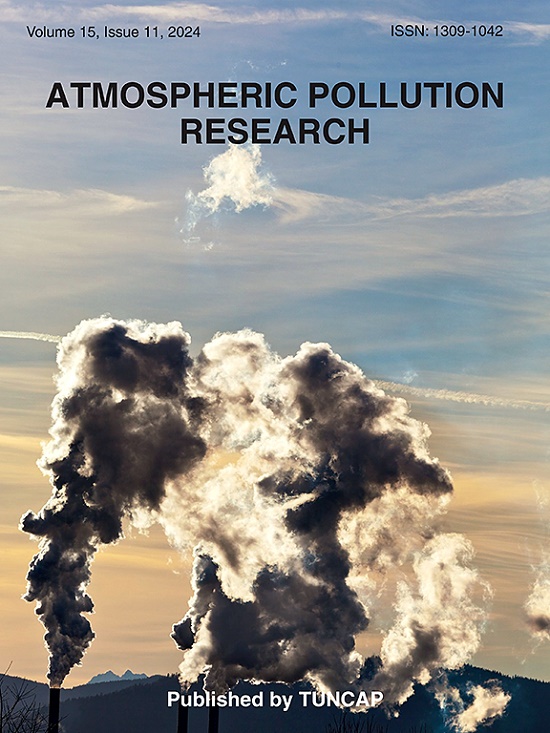The negative effects of simulated acid rain on maize physiology, grain quality and yield in a field trial
IF 3.9
3区 环境科学与生态学
Q2 ENVIRONMENTAL SCIENCES
引用次数: 0
Abstract
Acid rain is a global environmental problem that negatively impacts plant physiology and hinders crops growth and yield. However, most researches on acid rain have mainly focused on pot experiments, while in-situ research on maize is still rare. Therefore, this study conducted two-season field experiments to investigate the effects of three simulated acid rain treatments with three pH levels (2.0, 3.5 and 4.5) on maize growth compared with control (pH6.0). The results showed that simulated acid rain inhibited the growth and yield of maize. At pH2.5, the plant height and stem diameter of maize decreased by 8.55% and 11.49%, and the leaves were irregularly damaged. Under pH2.5, actual photosynthetic efficiency decreased by 23.55%, the growth and development of plants were directly affected. As a result, maize yield decreased by 17.64% at pH2.5. Moreover, at pH4.5, fructose content in the kernels decreased by 16.95%, while the glucose content increased significantly by 79.22%. At pH4.5, the activity of superoxide dismutase (SOD) increased by 37.63%. In summary, acid rain affected the physiological characteristics of maize, resulting in a decline in grain quality and yield. And maize could respond to acid rain stress by adjusting carbohydrate metabolism and enhancing antioxidant mechanisms. These findings depict the response of maize to acid rain and provide a reference for alleviating the impact on maize growth through sustainable agricultural practices in an acid rain environment.

求助全文
约1分钟内获得全文
求助全文
来源期刊

Atmospheric Pollution Research
ENVIRONMENTAL SCIENCES-
CiteScore
8.30
自引率
6.70%
发文量
256
审稿时长
36 days
期刊介绍:
Atmospheric Pollution Research (APR) is an international journal designed for the publication of articles on air pollution. Papers should present novel experimental results, theory and modeling of air pollution on local, regional, or global scales. Areas covered are research on inorganic, organic, and persistent organic air pollutants, air quality monitoring, air quality management, atmospheric dispersion and transport, air-surface (soil, water, and vegetation) exchange of pollutants, dry and wet deposition, indoor air quality, exposure assessment, health effects, satellite measurements, natural emissions, atmospheric chemistry, greenhouse gases, and effects on climate change.
 求助内容:
求助内容: 应助结果提醒方式:
应助结果提醒方式:


